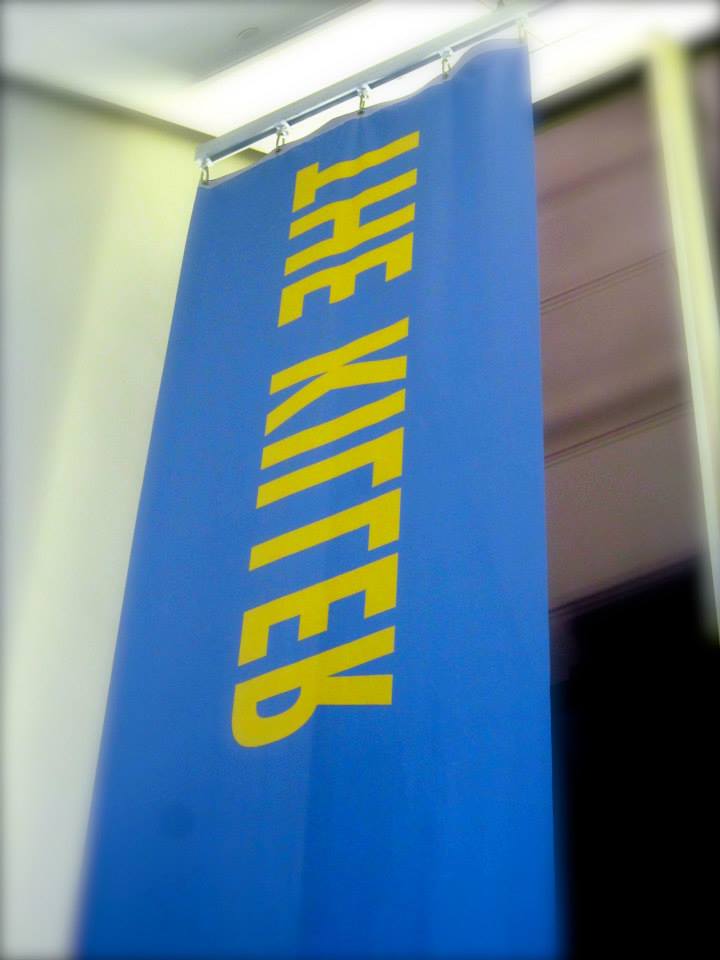The Bérenger plays of Ionesco – in which an ordinary man finds himself in a variety of situations – are what they are, but it can be illuminating to consider them in terms of artistic and literary movements. I tend to agree that they don’t exactly qualify as existentialist or absurdist. It is, granted, pretty absurd to watch your neighbors turn into rhinoceri (RHINOCÉROS), to be made ruler of the world (EXIT THE KING), to walk on air (STROLL IN THE AIR), or to talk sense to a madman (THE KILLER). But Ionesco’s symbolism is more socio-political than metaphysical. He is more like Kafka, in that he uses surrealistic conceits (like people turning into bugs or beasts) to expressionistic ends. In THE KILLER and RHINOCÉROS, especially, Bérenger is surrounded by social types blindly fulfilling their functions. He, on the other hand, sees the illogic of things clearly but is naïve in thinking he can put them right.
In the case of THE KILLER, a serial murderer, having evaded capture for years, is simply allowed to go about his business in an otherwise ideal community. Bérenger, true to the techniques of Expressionism, is one of only three characters with a name; everyone else is called by their job or social position (Architect, Bum, etcetera). The contrast of the town’s cheerful setting with the ironically safer urban dinginess with which Bérenger is familiar makes the fecklessness of the community’s behavior all the stranger. The production currently showing at the Polonsky Shakespeare Theatre doesn’t offer a visual contrast between the town’s beauty and the evil that stalks it; its charms are called up entirely through language (director Darko Tresnjak’s staging demonstrates that Elizabethan scenic devices can be remarkably effective for material from other periods).
The real contrast comes in the sprightly naiveté with which Michael Shannon’s Bérenger confronts the town’s dark compromise and, ultimately, the murderer himself. His is the star’s twinkle in the night, the point of light in encroaching darkness. We see traced his discovery of the lovely town, his bafflement at the killer’s toleration, his taking it upon himself to play first detective and then, when he locates the killer, psychologist. The monster stands across from him, face shaded by a wide-brimmed hat, like an expressionistic Freddy Krueger, grunting and inching forward as Berenger tries in all sincerity to dissuade him from further killing. This is a compelling sequence, in both Tresnjak’s vision and Shannon’s acting. There is something in Shannon’s voice, a sort of working class American brogue, that I found disconcerting at times (the European setting is retained), but the final confrontation is magnificent in its expressionistic closing in upon Bérenger, its ominous pacing, and the acute sense of questioning that it provokes.
This is a rare chance to see a very interesting play, which, although written in 1959, has been newly translated by the ubiquitous Michael Feingold.
